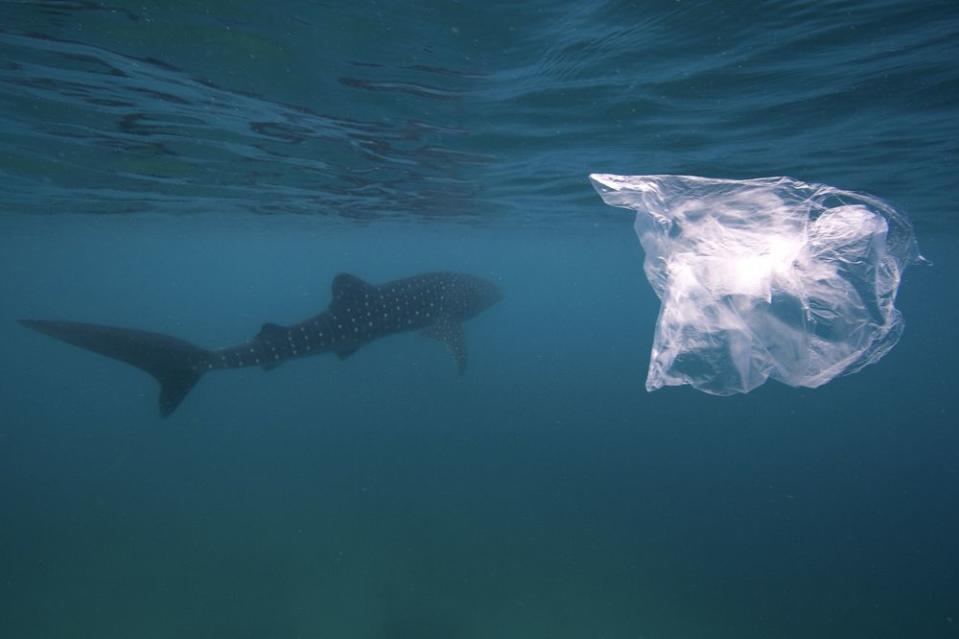Scientists Just Made a Disturbing Discovery at the Bottom of the Mariana Trench
For more than 100 years, explorers and scientists have marveled at the wonders within our deepest ocean crevice, from tiny organisms to “supergiant” crustaceans. But, as one study found, not all discoveries are so wonderful.
Researchers from the Japan Agency for Marine Earth Science and Technology recently analyzed a collection of deep-sea photographs and found that thousands of pieces of man-made debris lurk far below our ocean’s surface. Perhaps the most disturbing discovery? The deepest known piece of plastic trash—a single-use plastic bag submerged 36,000 feet (or nearly 7 miles) in the Mariana Trench.
Their findings, published in the journal Marine Policy, are proof that even the most remote parts of our oceans aren’t immune to plastic pollution. Scientists made the discovery after sifting through photos and videos taken from more than 5,000 dives over a 30-year period. In total, 3,425 pieces of man-made marine debris were found. Of those, 33 percent were macro-plastics, the vast majority being single-use products such as bags, straws, utensils, and coffee lids.

Related: Here’s What You Need to Know About the Amount of Plastic in the Ocean—and How You Can Help
The stats get even more dismal the deeper you go, with plastics becoming “ubiquitous” below the 3.7-mile mark. (More than half of all debris observed between here and the seabed consisted of macro-plastics.) According to the paper, plastics in the deep-sea, where there is no UV light and little turbulence, could potentially remain there for hundreds to thousands of years.
But, now, the good news: You can do something about this. Every bit of plastic that ends up miles underwater gets its beginning on land. And the less plastic we use, the less plastic is produced, the less plastic that has a shot at making it into our precious oceans. Here are five ways you can start helping the oceans today.
Related: Meet our 2017 Ocean Heroes:


